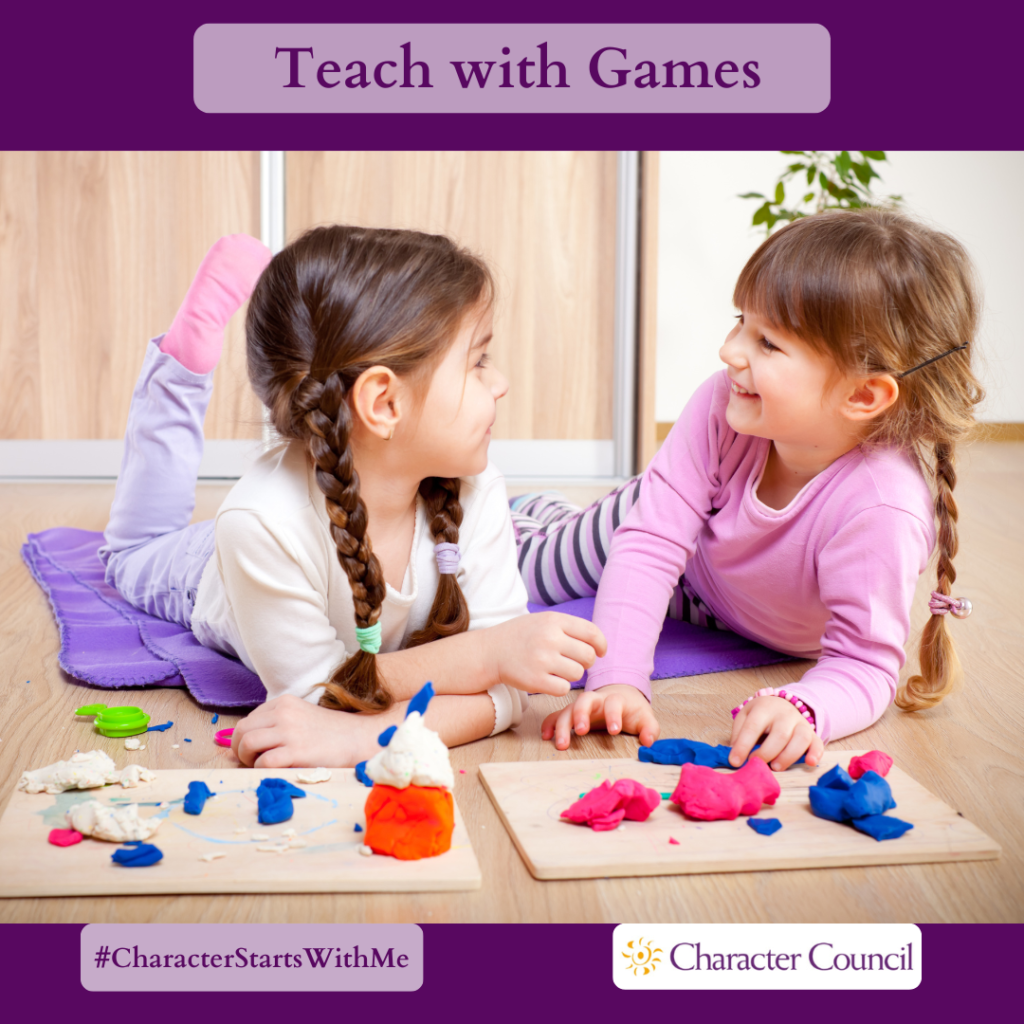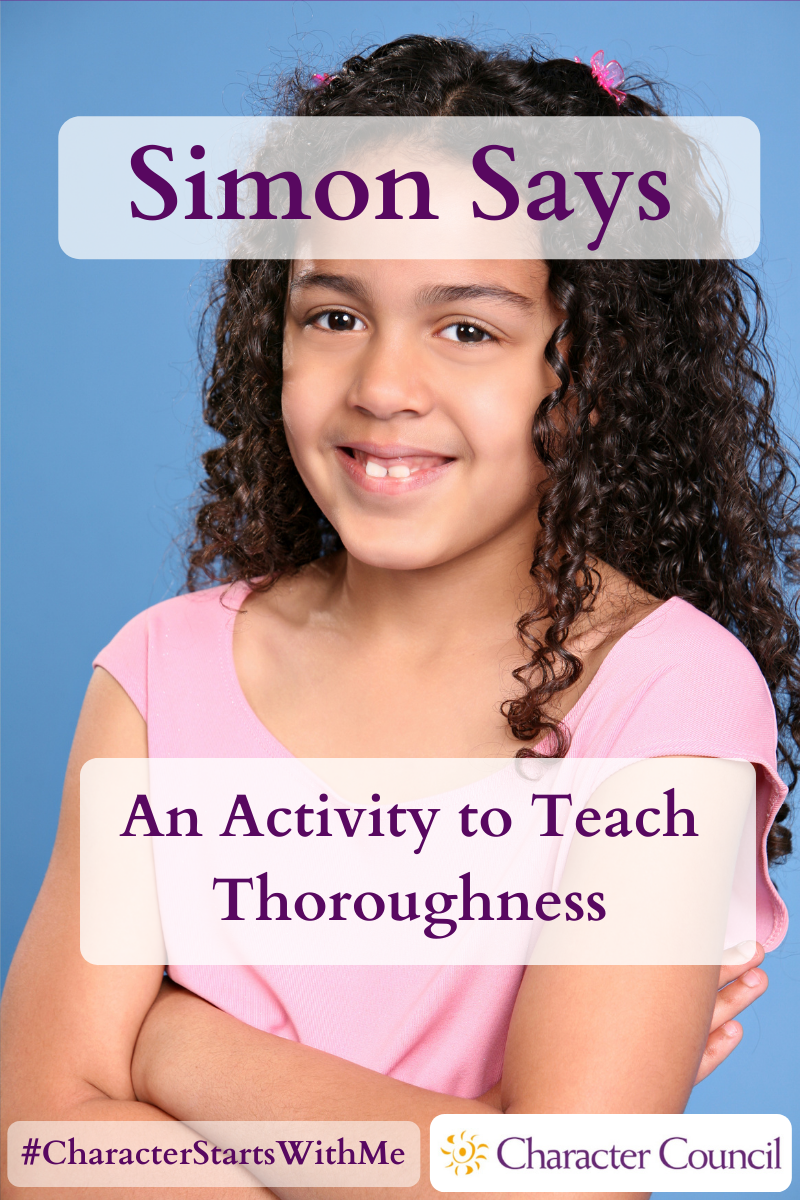
Thoroughness Activities
The activities here are fun ways to teach character. The game aspect makes the lesson more memorable. Each activity has processing questions at the end. Without processing the activity, the exercise is just a game. To make it a stronger lesson when you process it, relate the character quality to a core value that your organization promotes.
Consider picking a student to run the activity. You will need to give them time ahead of the activity to prepare. Another option is to pick a few students to run the activity for a younger classroom after you have run it for your class. Encourage your students to repeat it in the home for younger siblings or even parents.

Dot to Dot
Choose a dot-to-dot picture that is age-appropriate for your students. Give them time to complete the dot-to-dot picture. When your students are done, point out the importance of every step in connecting the dots. For older students, you can have them create a dot-to-dot picture by using tracing paper and coloring books. They could also trace a map or a picture from a textbook or printed from the internet. Alternately, you can make a copy of a dot to dot with one of the dots missing and have them guess where the missing dot should be placed before they finish the picture.
To process the activity, ask these or similar questions:
- What would the picture look like if one of the dots was missing?
- What if there weren’t enough dots on the picture?
- Will you remember the importance of every dot when you consider details on your next project?
Simon Says
For this activity, ask your students to perform each of the following tasks:
Simon Says, “Snap your fingers.” Simon Says, “Notice which finger, second or third, you snapped with.” Simon Says, “Snap your fingers using the other finger.”
Simon Says, “Fold your hands together, interlocking your fingers.” Simon Says, “Notice which thumb, right or left, is on top.” Simon Says, “Fold your hands together but switch thumbs.”
Simon Says, “Cross your arms on your chest.” Simon Says, “Notice which arm is on top right or left.” Simon Says, “Cross your arms but switch arms.”
Simon Says, “Cross your legs above the knee.” Simon Says, “Notice which leg is on top, right or left.” Simon Says, “Cross your legs but switch legs.”
To process the activity, ask these or similar questions:
- Was it fun to play Simon Says?
- Was it difficult to switch positions?
- Have you ever thought about it before?
- Is there a right and wrong way to do each of these things? ( there is no right or wrong way to perform any of these tasks, and the positioning of right or left has no relationship to being right-handed or left-handed.)
- Why do you think one way is comfortable and the other is not? (The reason that one way feels normal and the other doesn’t is a result of habit. The activity that is controlled by habit seems to come naturally.)
- What kind of habits can help you be thorough?
Instructions
Divide the class into groups of 4 – 6 per group. Each group will need to write step-by-step instructions on how to do a simple task such as brushing their teeth or making a sandwich. Explain that the person who is reading this has been raised by apes living in the jungle and they have never done this before. After each group writes their instructions you can then demonstrate each set of instructions being careful to do only what is instructed so as to point out anything they may have missed. Be very literal so that you can spot if they say to rinse without saying to turn on the water and pour some in the cup. An alternate ending would be to have the groups exchange lists and act them out to look for missing details. If you have all of the groups do the same activity you can then do a group activity that compares each list of instructions and see if there are instructions that are in one but not the other. Are there any instructions that were left out of all of them? Then work as a group to combine all of the sets into one single thorough set of instructions.
When finished, process the activity with these or similar questions:
- Was it easy or hard to write detailed instructions?
- If you were writing this for a classmate, would you have needed to be this detailed?
- How do you decide how much detail you need to write?
- Will you remember this exercise the next time you need to write detail?


